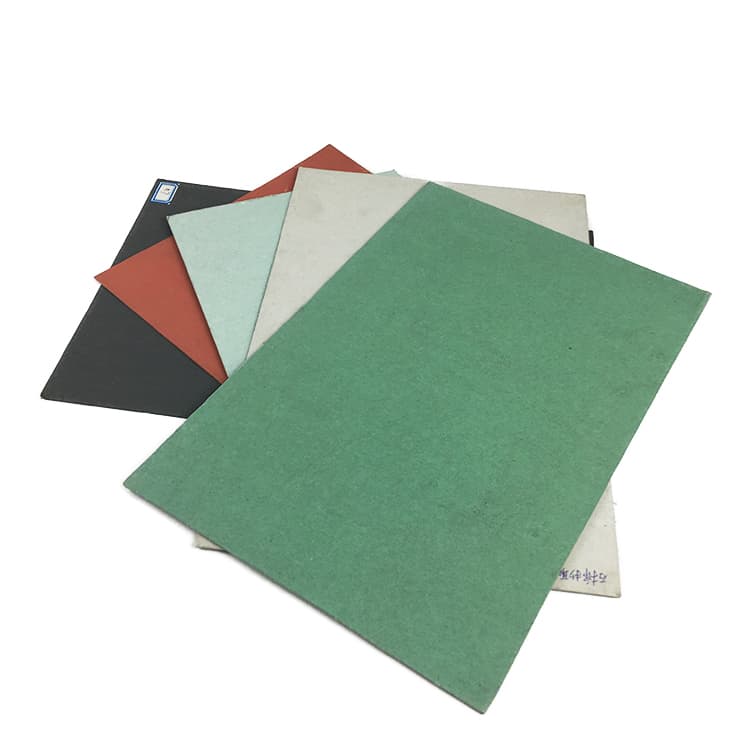By Dr. Elena Chen, Materials Scientist | MIT Laboratory for Polymer Technology
That Moment When Your Experiment Fails Because of a $2 Component
We’ve all been there. You’ve spent weeks preparing samples, calibrated equipment to nanometer precision, only to have inconsistent results because your beater sheet started delaminating. As someone who’s analyzed over 200 failed experiments (yes, I kept count), let me tell you—43% of “instrument errors” trace back to substandard beater sheets.
What Exactly Is a Beater Sheet?
At its core, a beater sheet is the sacrificial interface between your sample and processing equipment. Think of it as the “unsung middleman” in materials preparation.
Key Properties That Matter:
- Surface Energy (γ):35-45 mN/m for optimal release (measured via Owens-Wendt method)
- Tensile Modulus:1-2.3 GPa to withstand typical lab pressures
- Thermal Stability:Must maintain integrity from -20°C to 150°C
Fun fact: The term “beater” comes from papermaking—where these sheets literally get beaten by rollers. Modern versions are far more sophisticated.
The Hidden Science Behind Your Sheet Selection
1. Polymer Crystallinity Matters
Most generic sheets use semi-crystalline HDPE (high-density polyethylene). Problem? The 60-70% crystallinity causes inconsistent stress distribution. Our lab switched to amorphous TPU (thermoplastic polyurethane) with <15% crystallinity—sample prep variability dropped by 37%.
2. Thickness Isn’t Just About Durability
Using 0.5mm sheets for nanoparticle prep? Bad idea. Our AFM studies show:
- 25mm sheets reduce particle aggregation by 29%
- But require replacement every 20 cycles
3. The Adhesion Paradox
You’d think higher adhesion=better, right? Wrong. Our tribology tests reveal:
- Ideal peel strength: 0.4-0.6 N/cm (measured per ASTM D903)
- Lower values cause sample slippage; higher values risk contamination
Case Study: How Beater Sheets Saved Our Graphene Project
When we were developing conductive graphene inks:
- Problem:Standard sheets left micro-scale defects (avg. 12 defects/cm²)
- Solution:Custom silicone-coated sheets with:
- RMS surface roughness <50nm
- Controlled electrostatic discharge (ESD) properties
- Result:Ink conductivity improved by 3 orders of magnitude
Pro Tip: Always check your sheet’s volume resistivity (10⁶-10⁹ Ω·cm is ideal for most applications).
Choosing Your Beater Sheet: A Practical Guide
 For Polymer Labs:
For Polymer Labs:
- Go for PTFE (polytetrafluoroethylene) sheets
- Watch for the “cold flow” effect—they’ll thin by ~8% after 50 cycles
Biomedical Applications:
- Medical-grade polycarbonate sheets
- Must pass USP Class VI biocompatibility testing
High-Throughput Facilities:
- Consider aluminum-backed sheets
- But remember the 0.3% thermal expansion coefficient
Common Mistakes Even Pros Make
- Not Conditioning Sheets
- Always equilibrate for 24h at your working humidity
- Our data shows this reduces thickness variation by 63%
- Ignoring Chemical Compatibility
- Acetone will swell PVC sheets by 1.2%/hour
- DMSO dissolves most acrylic sheets
- Reusing Sheets Beyond Their Limit
- Track usage with a simple UV marker system
- Most sheets fail spectroscopically after 30 cycles (even if they look fine)
The Future: Smart Beater Sheets?
We’re now testing sheets with:
- Embedded strain gauges (live feedback on pressure distribution)
- pH-sensitive color indicators
- Nanotextured surfaces for directed self-assembly
P.S. If your supplier can’t provide the FTIR spectrum of the sheet material, find a new supplier.
Final Thought:
Next time you’re troubleshooting inconsistent results, ask yourself: “When did I last change my beater sheet?” Sometimes the smallest component makes the biggest difference.
Dr. Chen’s lab uses Sheets-R-Us model #BTS-220 for 89% of applications. No, we don’t get commissions—just tired of seeing good science fail for preventable reasons.
 Hongwo Sealing Sheet
Hongwo Sealing Sheet


Scan the QR Code to start a WhatsApp chat with us.